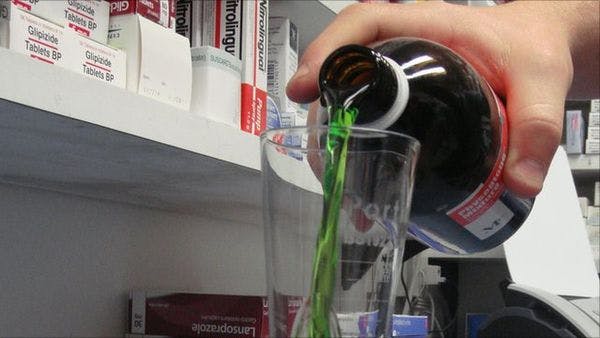Methadone diversion as a protective strategy: The harm reduction potential of ‘generous constraints’
Methadone maintenance treatment is evidenced as a successful harm reduction initiative in regard to the prevention of blood borne viruses and other injecting related harms. This is attributable to reductions in heroin use and injecting equipment sharing incidents, yet the means by which these are achieved are rarely elaborated.
Methadone diversion is predominantly presented in a negative light; associated with overdose and other harms. In our qualitative London-based study with 37 people who inject drugs, 35 on substitution therapies, we found that methadone self regulation and diversion played a prominent role in helping participants to manage their drug use, prevent withdrawal, cement social relationships, and inadvertently protect against hepatitis C transmission.
The ability of participants to enact these ‘indigenous harm reduction strategies’ was constrained to various degrees by their treatment dosing protocols. In this article we explore the strategies participants enacted with methadone, the role of ‘generous constraints’ in this enactment and the associated production and reduction of risk.
In order to reengage people who inject drugs with harm reduction interventions, it is necessary for initiatives to take stock of the indigenous strategies that individuals are already utilising and – in the case of methadone self regulation – support them by the implementation of more generous constraints.
To see the whole article, please click here[restricted access].
Keep up-to-date with drug policy developments by subscribing to the IDPC Monthly Alert.
Regions
Related Profiles
- International Journal of Drug Policy
